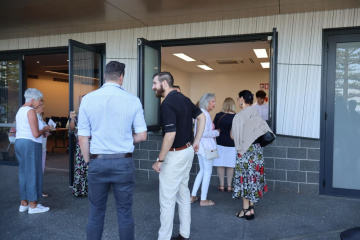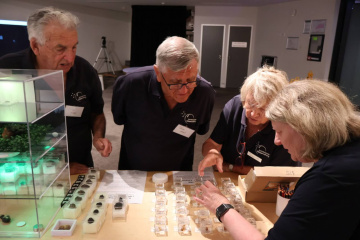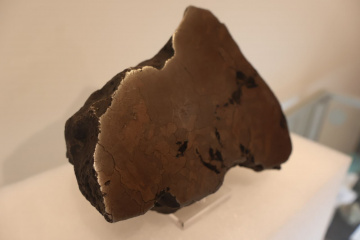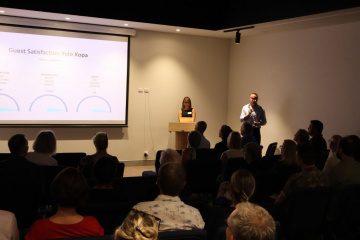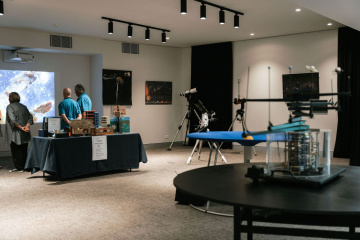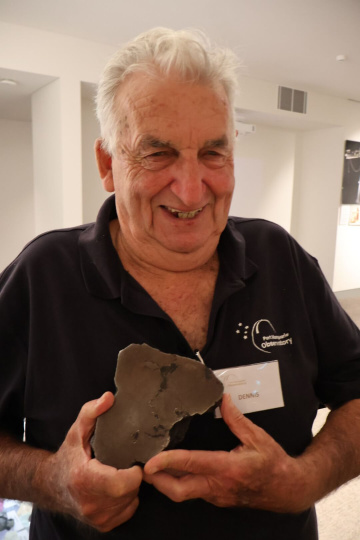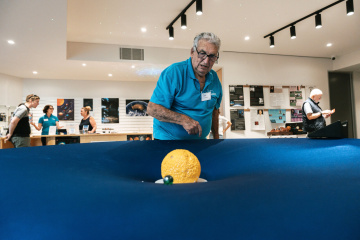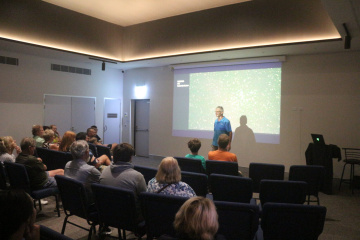Astronomers have two goals when looking at the night sky:
- Gather as much light as possible from faint sources of light like galaxies
- Create very sharp images so they can find planets and deep sky objects
We are used to using both eyes when we look at things and that gives us 3 dimensional vision so binoculars seem like the obvious choice. Binoculars are really two telescopes attached to each other. To see Saturn’s rings for example, you need a higher magnification – like 100 x or more. You cant hand hold magnifications above about 10 x. The image bounces around, so you need a mount like a tripod.
As the earth rotates – and in Port Macquarie it does so at about 1400 kms an hour – you also need a way to precisely navigate and track your target. This is the job of the mount that holds the telescope. Mounts like the one in the dome at the Observatory cost much more than the telescopes do because it needs to be able to hold the large telescopes and slew to find the objects in the sky.
read more...
On clear viewing nights, volunteers at the Observatory will give visitors a variety of options to view the night sky including with the help of a laser pointer, binoculars or telescopes set up in the dome and outside.
For exploring the sky with your own eyes, the priority is a large field of view and for this purpose binoculars are perfect – get the biggest objective lens that you can (50 mm or more) and keep the magnification low (10X or less). Download the Stellarium app on your phone, to give you a helping hand in identifying the objects that you see and where to find them.
For day time visits to the Observatory, the new Coronado Solar Max III 90 mm Telescope solarscope enables you to see the surging and shifting forces on the surface of our star – the Sun. With a specialised filter known as an etalon, this telescope focuses in on a less than 0.7 Angstrom band pass around the critical Ha wavelength which shows the granules, flares, plages, filaments, spots and other features of the solar surface. View our gallery to see some of the amazing pictures one of our members – Mike Kane – has taken of the sun.


